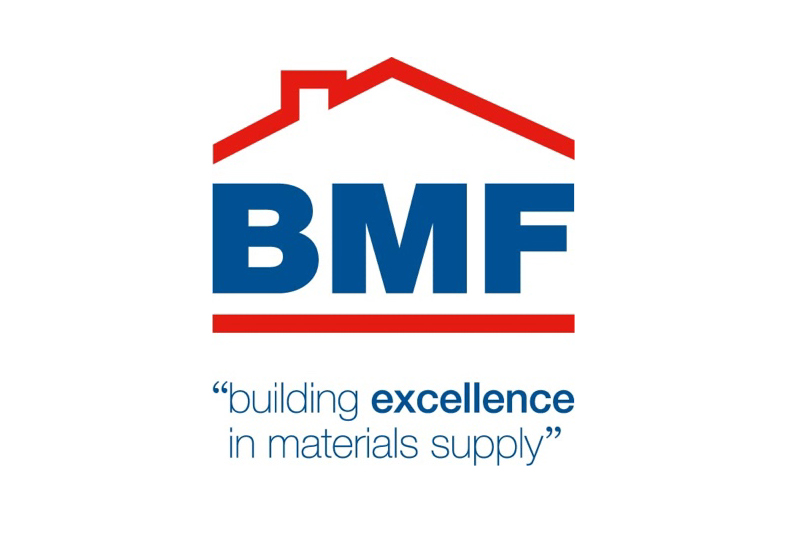
Published to coincide with its recent Annual Members’ Conference, a new research report by the Builders Merchants Federation to establish the current state of sustainability in the building materials sector has highlighted a “disparity between the BMF’s supplier and merchant members.”
Whereas 78% of suppliers place sustainability in the top three priorities for their business, and are leveraging it as a strategic growth driver, only 45% of merchants currently afford it the same high priority. Merchants are more likely to view sustainability in terms of mitigating risk and complying with regulation, while 5% of merchants are yet to have sustainability on their radar.
The progressive tightening of legislation around sustainability is clearly driving suppliers and manufacturers to take advantage of the commercial window of opportunity available to innovators before legislation requires the same standards from all suppliers.
Amongst merchants, however, a higher proportion are adopting a “wait and see” approach. The biggest barrier for many is their belief that price-sensitive customers are unwilling to pay more for sustainable products.
On average BMF members believe their customers would not pay more than a 5% premium, though this varies by product category. Merchants also cite low customer awareness of the need for sustainable materials and a lack of clarity as to what makes a product more sustainable.
Company size also has a bearing, with the importance of sustainability increasing as turnover rises. Around 50% of those with a turnover of under £100m place sustainability within their Top 3 priorities. This rises to 75% for companies with a turnover of £100m-£250m and 90% for those over £250m.
In a “chicken and egg” response, the research found that companies with either an individual or team responsible for sustainability were more likely to view sustainability as an integral part of their business strategy, driving growth and creating value.
Suppliers were more likely to have an in-house sustainability resource, with 85% having at least one person in place compared to 64% for merchants. However, this percentage increased with the size of the business for both merchants and suppliers, rising from 33% for companies in the £1m-£10m range, through 66% for £10m-£50m turnover, 75% for £50m-£100M, 94% for £100m-£2050m to 95% for those over £250m.
The research, which was conducted by the BMF’s research and strategy partners CMDi, revealed that members are also looking to the BMF both to help promote greater awareness and understanding for merchants and their customer groups, and for shared industry approaches to sustainability.
John Newcomb, BMF CEO said: “The BMF Sustainability Forum and the BMF Sustainability Working Group are two practical ways in which we are supporting members, wherever they are on their journey. The BMF’s supply chain collaboration will become increasingly essential for creating industry wide standards, best practice, information, training, forums and marketing materials.”
Giles Bradford, Chair of the BMF Sustainability Forum and Sustainability Working Group and Head of Sustainability at Bradfords Building Supplies, added: “The BMF launched this working group nine months ago and the research and accompanying report is one of our first major outputs.
“The research was carried out to create a baseline to measure progress towards the BMF’s goal of accelerating the adoption of more sustainable building materials as well as identifying the barriers preventing it. We plan to evaluate progress by repeating the survey annually with a larger cross section of the sector each year.”
The full research results are available as a free download for members from the BMF website, along with “Towards more Sustainable Solutions”, the first report from the BMF Sustainability Working Group containing practical advice and guidance from leading sustainability specialists in the building materials sector.









